On Thursday, Feb. 13, a saxophone section heralded the premiere of a Bach Festival performance that extended well beyond the bounds of the local nonprofit’s classical tradition. Seven vocalists, jazz arrangers, and Orlando-area studio musicians showcased a full concert work of contemporary renditions of African American spiritual songs including “When the Saints Go Marching In,” “Deep River,” “Go Down Moses,” and other classic works of the genre.
Professor Chuck Archard, a senior artist-in-residence who served as the concert’s primary conductor and arranger, brought to life two of America’s key Black music traditions: the African American spiritual and the big band. Spirituals had first achieved national recognition following the Civil War and the abolition of slavery, when Black choral groups began to perform spirituals for audiences outside the South. These groups were among the first public performers of African American music prior to the development of music genres including jazz, blues, and gospel.
Big bands, on the other hand, developed during the jazz age of the 1920s and 1930s as instrumental groups spread across the country from New Orleans and particularly flourished in New York City, Kansas City, and Chicago.
To bring together these two traditions, Professor Archard consulted with John V. Sinclair, the Artistic Director of the Bach Festival Society. Director Sinclair envisioned a performance of jazz and spiritual music in the Society’s traditional home in Knowles Chapel. Archard took on the task of recruiting jazz musicians from local bands, including: pianist Per Danielsson, who helped to conduct the evening’s performance; Jeremy Katalenic, a drummer and percussion instructor at Rollins; and Bobby Koelble, a jazz guitar instructor at the college. Two keyboardists, two bassists (including Archard), five saxophonists, four trombonists, and four trumpeters rounded out the instrumentation, while seven vocalists constituted the choir.
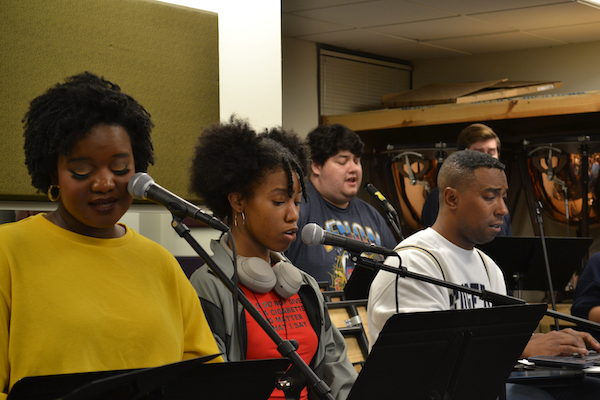
One of the vocalists, Akina-Naomi Kennedy (‘27), is studying bass guitar at Rollins. She contributed a powerful and moving performance of the spiritual “Steal Away”. Other student vocalists from the choir included Andrew V. Smith, Nadia Quiles, Kollin Dembeck, and Brooke Hayes. They joined Kennedy, Bethune-Cookman alum Noel Willis, and Rollins alum Elodie Germain in stirring renditions of several of the evening’s spirituals. Dean Harold Dorrell Briscoe, Rollins College’s Dean of Religious and Spiritual Life, introduced several of the songs and gave remarks on the connection between the Christian story of Jesus and the challenges suffered by African Americans during enslavement and segregation.
According to Archard, who devised the concert program, the performance’s jazz interpretation required special sensitivity to the history of the original works. “Many of these spirituals have a history going back a hundred, a hundred and fifty years, so the lyrics are an important part of paying homage to the tradition of the songs,” Archard said. He also described the potential for jazz reharmonizations of the melodies with modern rhythmic feel and contemporary harmonic ideas.
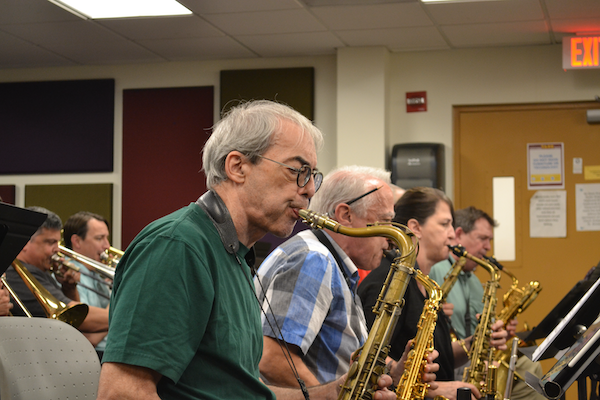
The decision to program a big band concert in Knowles Chapel was a logical one, Professor Archard explained. “The history of big band concerts within the Bach Festival Society goes back several years, with at least two past concerts featuring big band arrangements of works by J.S. Bach,” he said. This time, however, Archard encouraged his arrangers to make their own artistic judgments and work freely, enabling them to demonstrate their distinct styles.
For example, one of the arrangers for February 13’s concert, acoustic bassist Marco Bojorquez, brought experience from a combo that he leads, Cu-Bop. Bojorquez’s arrangement for the concert was his first ever for a big band. Other arrangers created a variety of textures by writing for small groups within the band, such as a piano-guitar duet and a quintet for the band’s five saxophone players. Archard himself contributed several further arrangements to the evening, including “Steal Away” and spirituals with distinct soprano, alto, tenor, and bass (SATB) voices. For overall programming, he said he “aimed for a roughly 50-50 balance” between well-known spirituals with lesser-known works by the singer and classical composer Harry Burleigh. He oriented the concert setlist to maintain the audience’s familiarity with the genre’s classic works while also providing opportunities for exposure to new music – a concept he calls “M.A.Y.A.”, an acronym for “Most Advanced Yet Acceptable.”
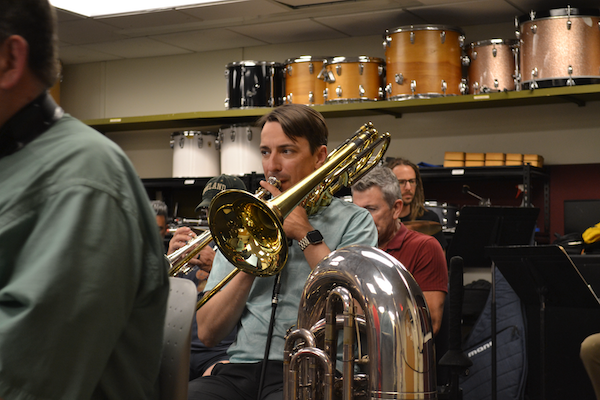
As for the preparation of the musicians, Professor Archard said, “We had only two rehearsals. But that’s the advantage of working with professional musicians of such a high caliber: they were all well prepared and knew their parts, and it showed on the night.”
While choral and big band music have extensive histories of their own, the most consequential choice from the February 13 concert was the one that placed a choir alongside a big band. The combination of the two traditions served as the concert’s attempt to contribute to the African American musical canon.

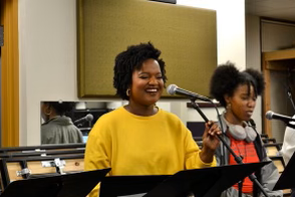
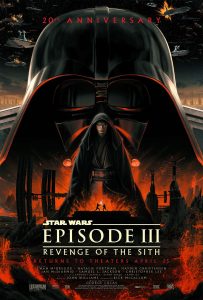
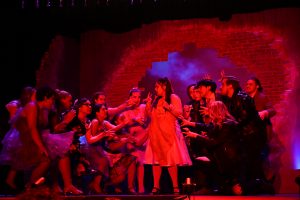

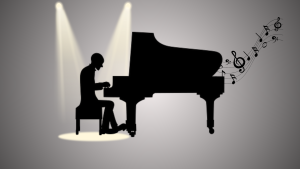
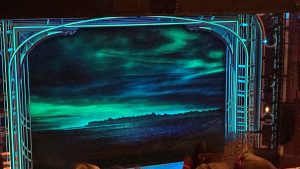
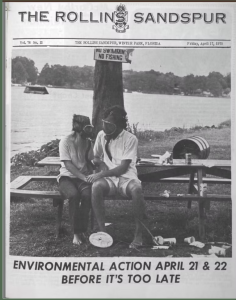
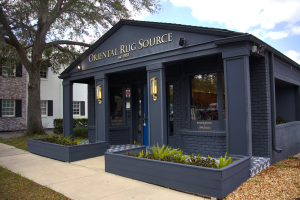
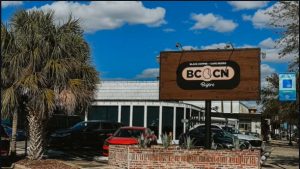

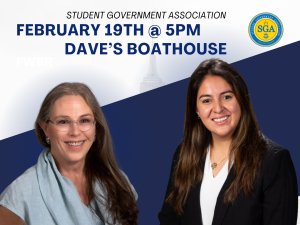



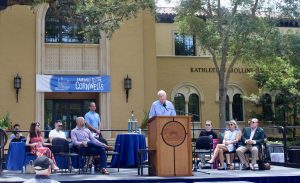

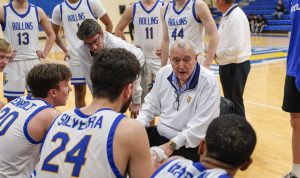

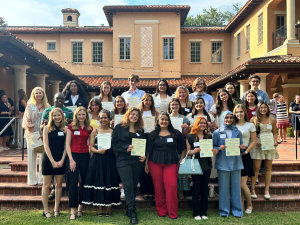
Comments are closed.